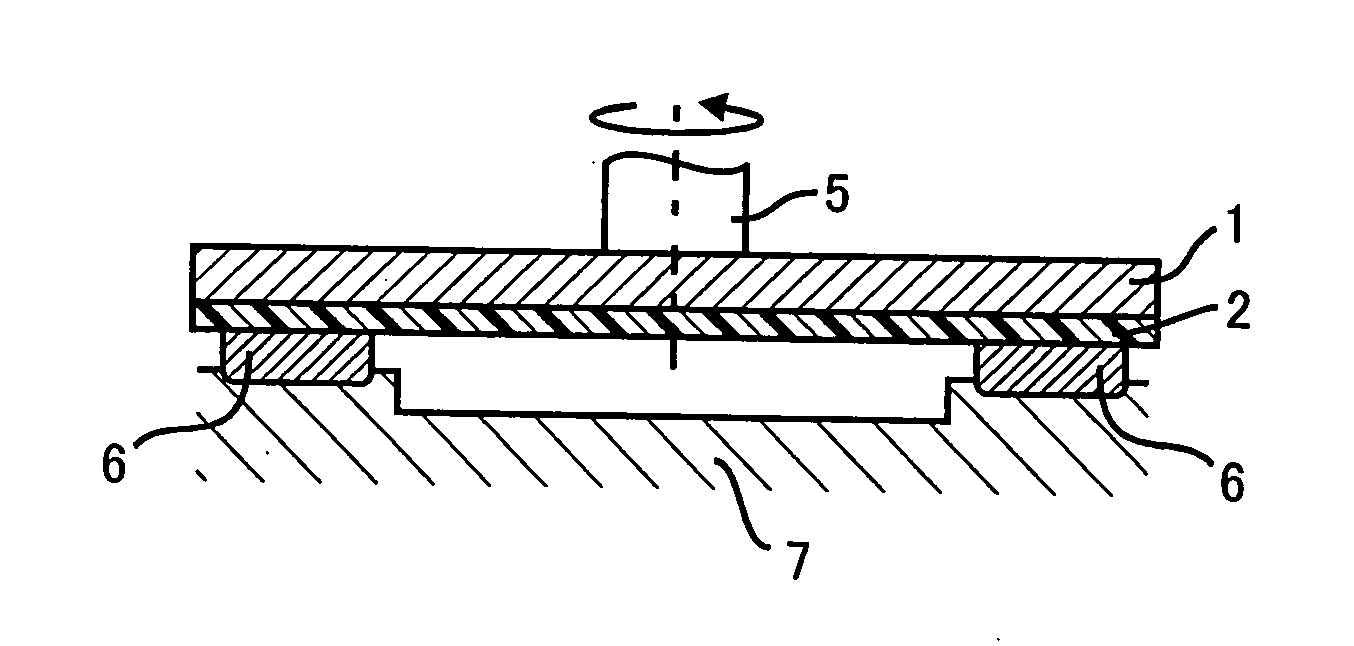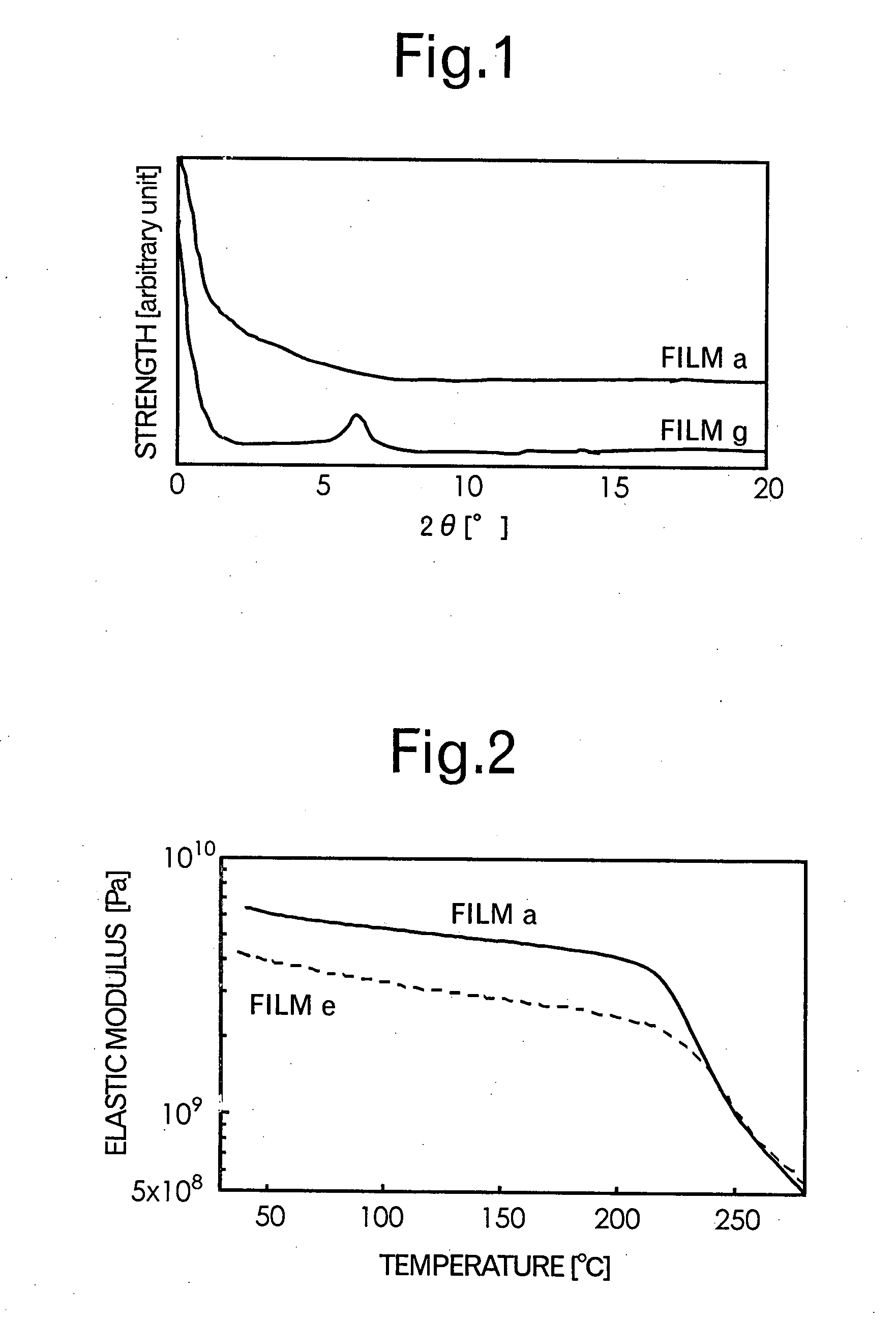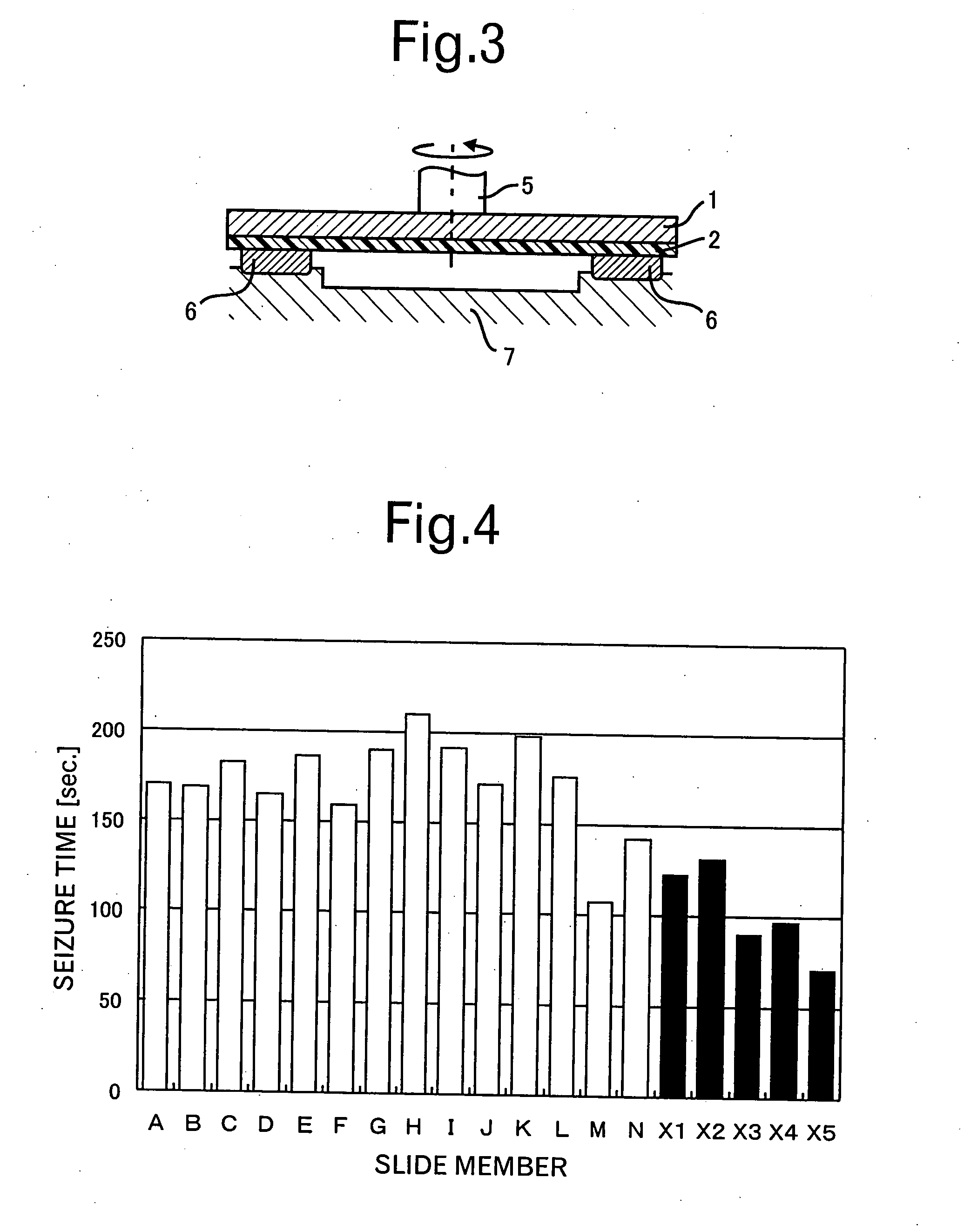Slide Member and Process For Producing Slide Member
- Summary
- Abstract
- Description
- Claims
- Application Information
AI Technical Summary
Benefits of technology
Problems solved by technology
Method used
Image
Examples
Embodiment Construction
[0024]In order to describe the present invention in more detail, best mode for carrying out the slide member and the process for producing a slide member of the present invention will be described hereinafter.
[0025][Slide Member]
[0026]The slide member of the present invention mainly has a substrate and a sliding layer.
[0027]With regard to the substrate, the shape and the like are not particularly limited as long as it is a sliding component part of a variety of devices, but preferably the substrate is formed of metal. For example, iron and steels, aluminum and aluminum alloys containing Mg, Cu, Zn, Si, Mn or the like, copper and copper alloys containing Zn, Al, Sn, Mn or the like are preferable. Moreover, particularly preferably, the substrate is a sliding component part of a compressor. Namely, the slide member of the present invention can be a slide member of a compressor. For example, the slide member of the present invention can be used as a swash plate of a swash plate type com...
PUM
| Property | Measurement | Unit |
|---|---|---|
| Temperature | aaaaa | aaaaa |
| Fraction | aaaaa | aaaaa |
| Fraction | aaaaa | aaaaa |
Abstract
Description
Claims
Application Information
 Login to View More
Login to View More - R&D
- Intellectual Property
- Life Sciences
- Materials
- Tech Scout
- Unparalleled Data Quality
- Higher Quality Content
- 60% Fewer Hallucinations
Browse by: Latest US Patents, China's latest patents, Technical Efficacy Thesaurus, Application Domain, Technology Topic, Popular Technical Reports.
© 2025 PatSnap. All rights reserved.Legal|Privacy policy|Modern Slavery Act Transparency Statement|Sitemap|About US| Contact US: help@patsnap.com



